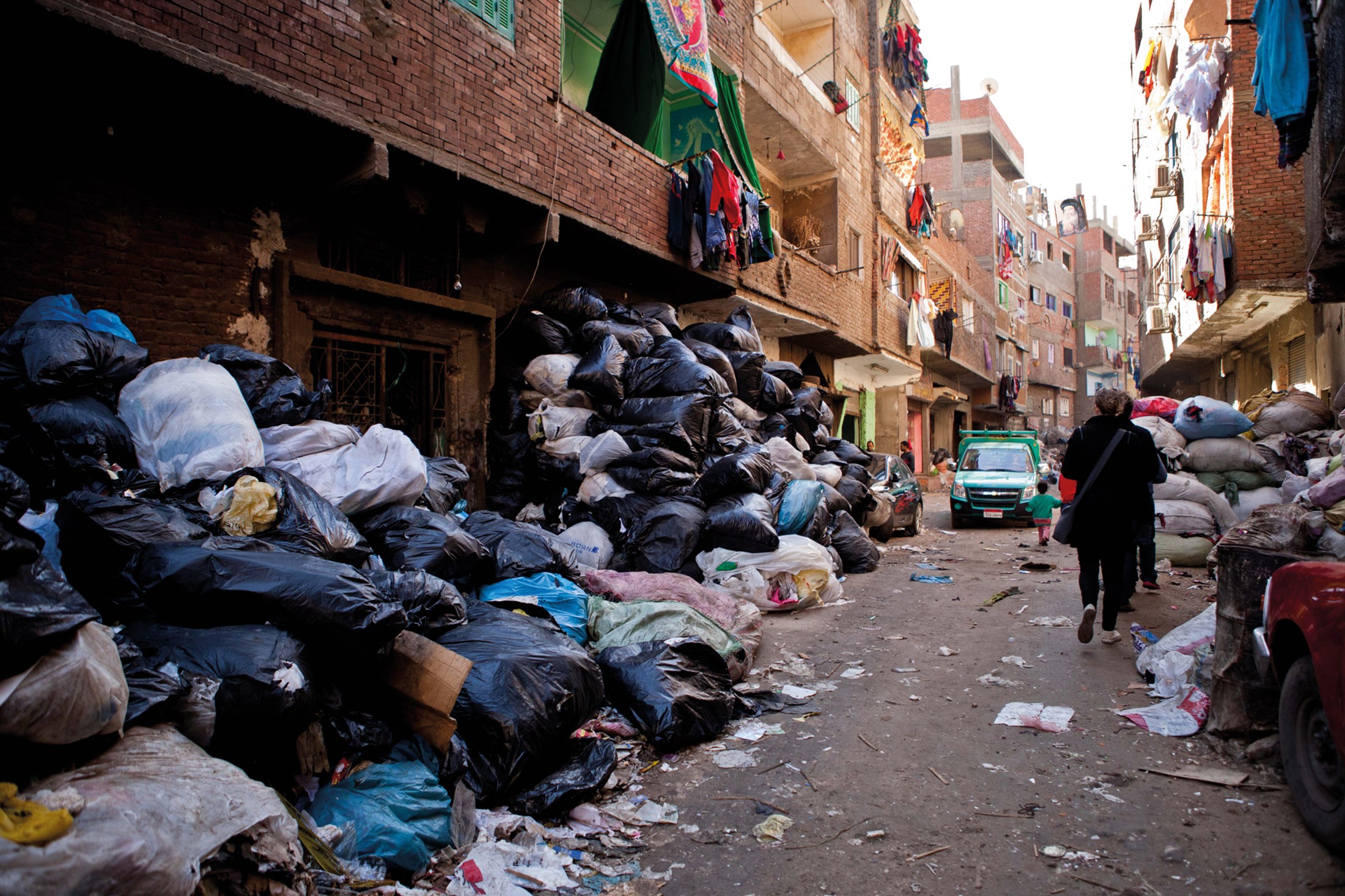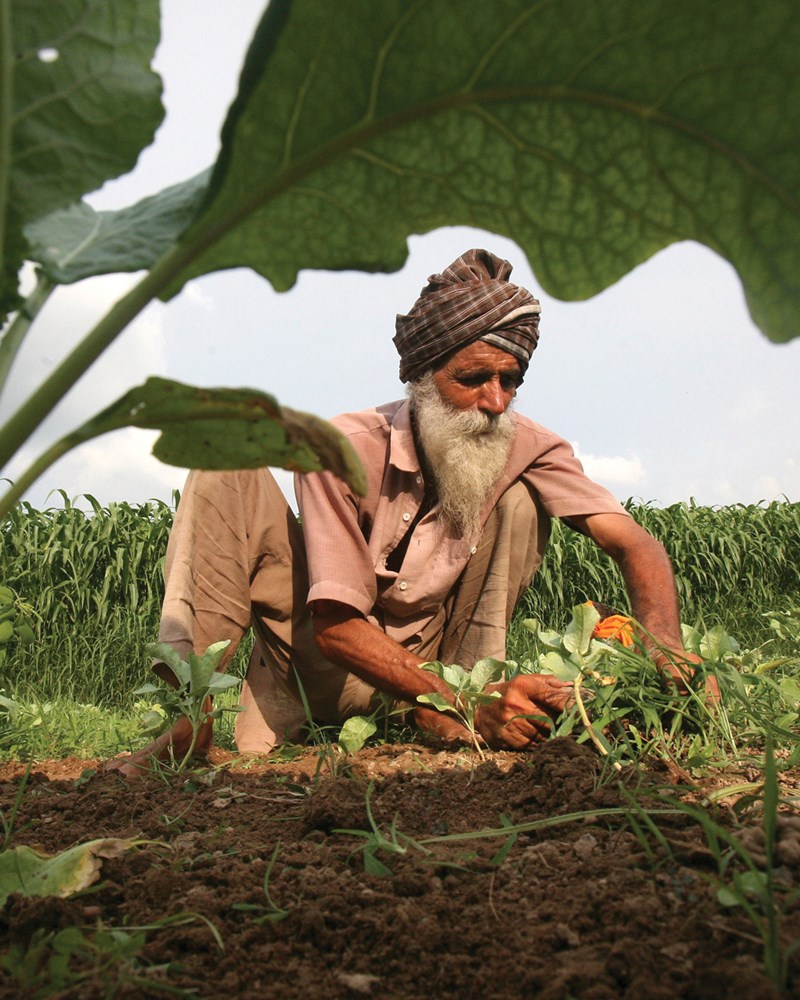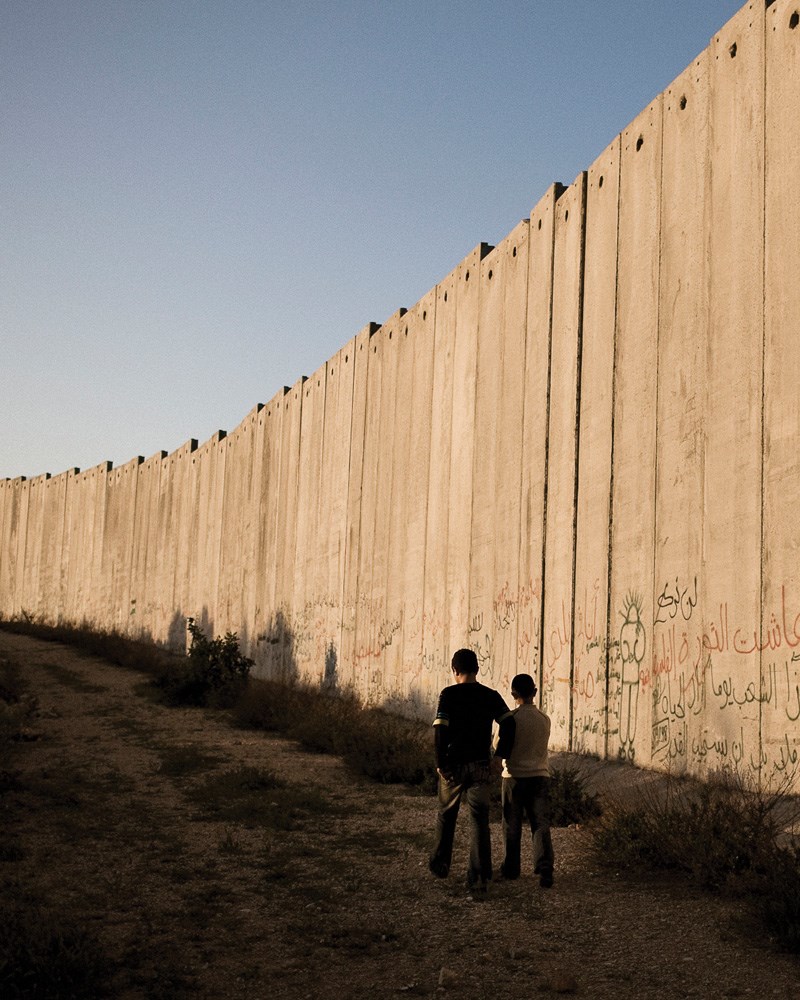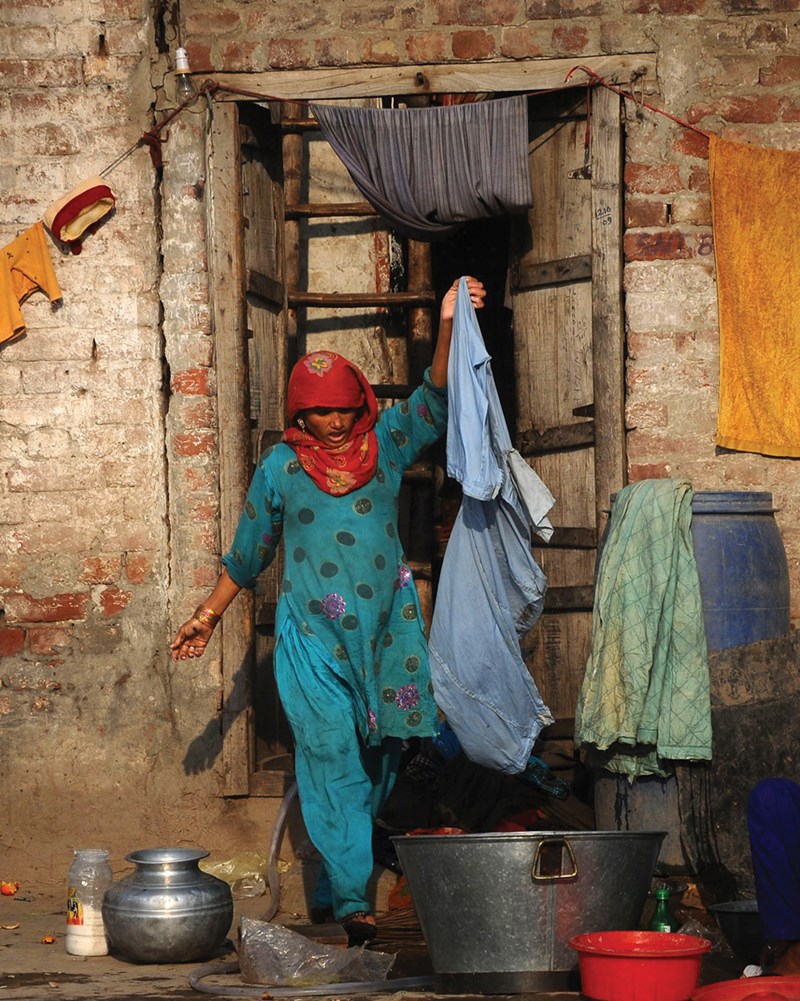On first inspection, the Manshiyet Nasser neighbourhood of Mokattam in Egypt appears a pungent mess of people, buildings, narrow alleys, cars and refuse. Apartment blocks tower over the winding streets, and when the wind picks up, the air becomes thick with a grimy dust.
Here, on the outskirts of central Cairo, in the shadow of the Mokattam hills, some 70,000 people live and work in and among the municipal waste of almost 12 million Cairenes. Known as the Zabaleen, which means garbage collectors in Arabic, they collect, sort and recycle nearly two-thirds of Greater Cairo’s daily municipal waste output – all 10,000 tonnes of it.
What’s more, the inhabitants of ‘Garbage City’, as it is known, are reducing the amount of waste that goes to landfill – its diversion rate – by a margin that would arouse the envy of any international waste management firm.
“The Zabaleen are now recycling about 85 per cent of the garbage they receive,” explains Ezzat Naem, the head of the district’s Garbage Collectors Syndicate. By comparison, the EU is aiming for a recycling rate of just 50 per cent of household waste by the year 2020.
Originally subsistence farmers from Upper Egypt, the Zabaleen first arrived in Cairo in the 1940s and began working in close coordination with the existing garbage collectors, from the western Oasis governorates.
“When my people first came here, it was the Wahaya [Oasis people] who were collecting the rubbish,” explains Naem. “They would simply take it to the outskirts of the city and leave it to dry in the sun before selling it back to people as a fuel for fire.”
With the sudden influx of Upper Egyptians, the Wahaya quickly began contracting the new migrants to specific areas of Cairo. It is a business partnership that persists to this day.
“Families have been working the same areas for over 60 years,” says Naem. “For example, my grandfather started by collecting garbage in El Koba Gardens, my father continued collecting from El Koba and my brothers continue to do so today.”
Yet while the routes may have remained consistent, the incredible proficiency of today’s Zabaleen is the result of a sustained evolution in their methods of collection, sorting and recycling. The early Zabaleen would simply use organic waste as a source of food for their livestock, ignoring the majority of inorganic materials and instead preferring to dump them in landfills.
Local small and medium enterprises (SMEs) spotted an opportunity and in the 1960s began visiting the Zabaleen to buy leftover inorganic materials, like paper and metal, which they would then process and resell.
It wasn’t until 1984 that the Zabaleen themselves started recycling proper. Micro-loans, provided in coordination with a World Bank programme, allowed the Zabaleen to forgo the third-party SMEs. With advice and help from local NGOs, the Zabaleen entered a new period of efficient recycling that continues to outstrip most European and US cities today.






